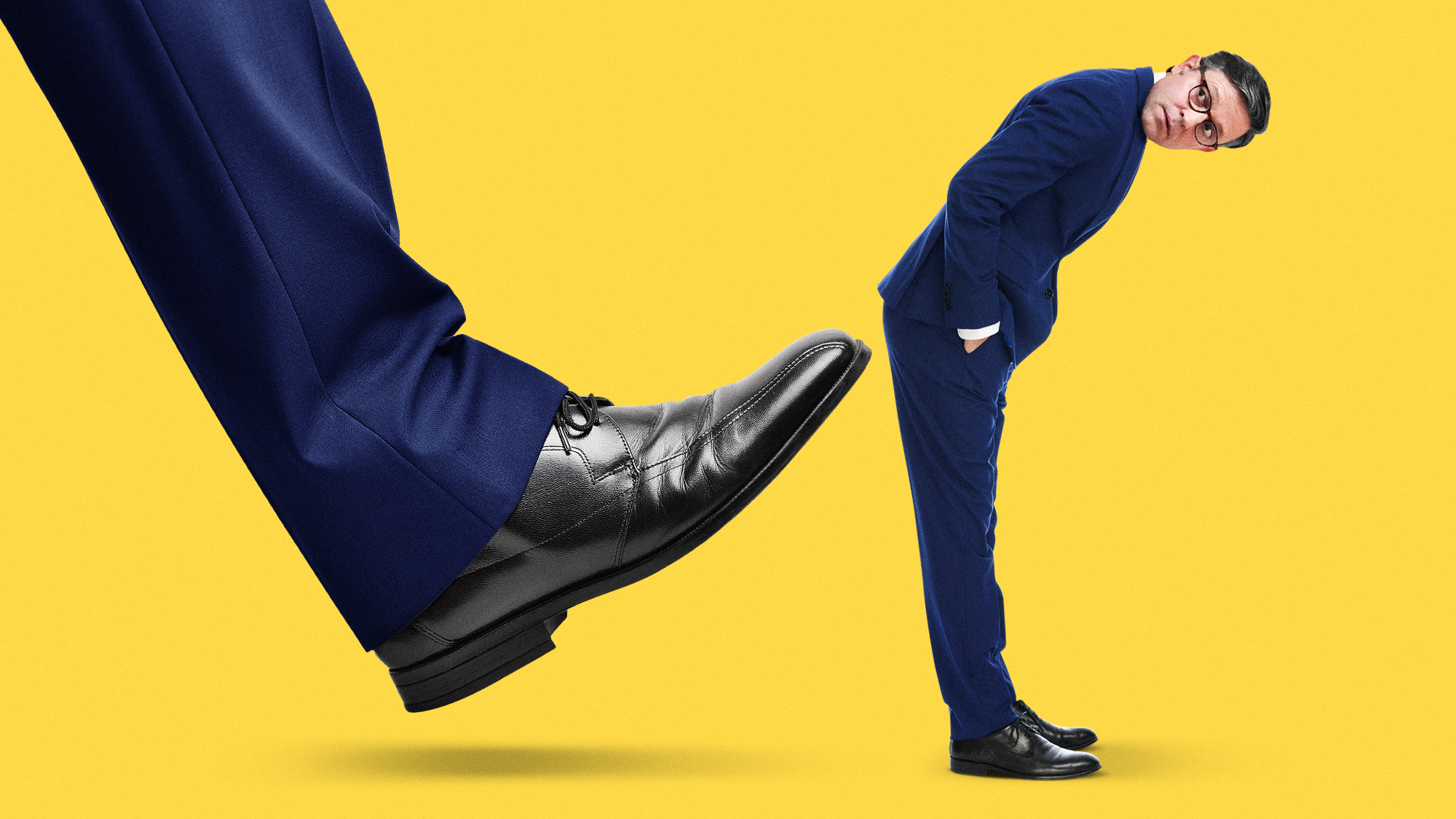A Life of Picasso: The Triumphant Years, 1917–1932
Pablo Picasso never hid how he felt about the women in his life. In his early portraits of his first wife, Olga Khokhlova, he often depicted the former Ballets Russes dancer as a pure soul or noble beauty. The sentimentality appalled his bohemian friends.
A Life of Picasso: The Triumphant Years, 1917–1932
by John Richardson
(Knopf, $40)
The Week
Escape your echo chamber. Get the facts behind the news, plus analysis from multiple perspectives.

Sign up for The Week's Free Newsletters
From our morning news briefing to a weekly Good News Newsletter, get the best of The Week delivered directly to your inbox.
From our morning news briefing to a weekly Good News Newsletter, get the best of The Week delivered directly to your inbox.
Pablo Picasso never hid how he felt about the women in his life. In his early portraits of his first wife, Olga Khokhlova, he often depicted the former Ballets Russes dancer as a pure soul or noble beauty. The sentimentality appalled his bohemian friends. But the painter’s imagery grew more adventuresome as his marriage deteriorated. Olga became a screaming shrew, a horse, a knife-wielding murderer—her tongue a dagger and her eyes stacked like sandbags. Ten years into their marriage, the 45-year-old Picasso had begun a passionate affair with a voluptuous teenager he met on a Paris street. “I feel,” he told 17-year-old Marie-Thérèse Walter, “we are going to do great things together.” The third volume in John Richardson’s great and gossipy biography makes the most of the sparks that followed, said James Panero in The New York Sun. The book catches Picasso during an odd middle-age interlude between cubism and his great anti-war work, Guernica. Its protagonist spends the book’s first 10 years almost sleepwalking his way into glamorous social circles and bourgeois comforts. But sex with Marie-Thérèse inspired an avalanche of bold work and an enduring new visual vocabulary for the artist. “Ever the willing accomplice,” Richardson is “never at a loss for words” when confronted with canvases that celebrate Picasso’s life between the sheets. Nor should he be, said Peter Plagens in Newsweek. “Sex sells,” and if there’s one reason Picasso vaulted past Duchamp, Matisse, and Dalà to become our “quintessential modern artist,” it’s that he made “avant-garde art sexy.” Picasso had anything but a one-track mind, though, said Jed Perl in The New York Times. In fact, Richardson’s “powerhouse of a book” should help overturn the old-fashioned idea that his cubist period was his pinnacle. Picasso was obliged to move on to new things because his brand of modernism embraced “variety and paradox.” As Richardson shows us, said Hilary Spurling in the London Observer, his true ambition was “to stamp his image on everything in sight.” When he transformed mouths into vaginas and breasts into penises, he was presenting himself as a new god. When he created those cruel, violent images of poor Olga, he was attempting to confront and exorcise the violence of his turbulent times.
A free daily email with the biggest news stories of the day – and the best features from TheWeek.com
-
 Can Mike Johnson keep his job?
Can Mike Johnson keep his job?Today's Big Question GOP women come after the House leader
-
 A postapocalyptic trip to Sin City, a peek inside Taylor Swift’s “Eras” tour, and an explicit hockey romance in December TV
A postapocalyptic trip to Sin City, a peek inside Taylor Swift’s “Eras” tour, and an explicit hockey romance in December TVthe week recommends This month’s new television releases include ‘Fallout,’ ‘Taylor Swift: The End Of An Era’ and ‘Heated Rivalry’
-
 ‘These accounts clearly are designed as a capitalist alternative’
‘These accounts clearly are designed as a capitalist alternative’Instant Opinion Opinion, comment and editorials of the day